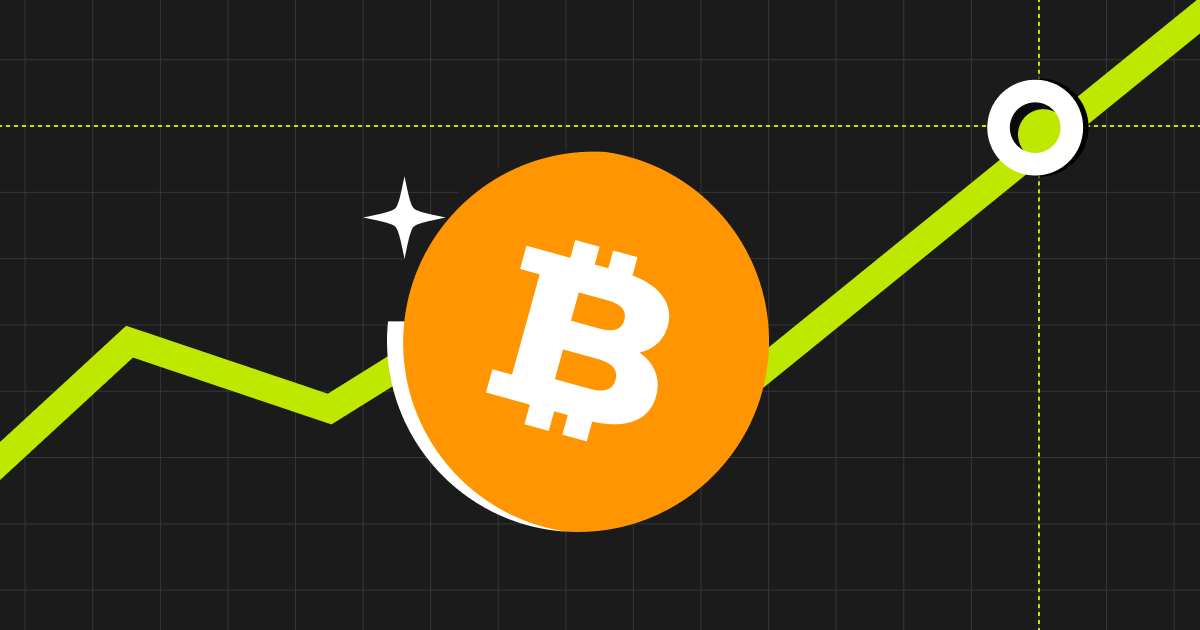Satoshis (often abbreviated as "sats") represent the base monetary unit of the Bitcoin network, serving as the smallest divisible component of BTC. Each Satoshi equals exactly 0.00000001 Bitcoin, or one hundred millionth of a single BTC. These microscopic units derive their name from Bitcoin's mysterious creator, Satoshi Nakamoto, paying homage to cryptocurrency's pioneering architect.
The Practical Utility of Satoshis
In real-world applications, Satoshis solves several critical challenges in digital currency usage:
1.
Microtransaction Enablement
-
Facilitates transactions of negligible value (e.g., content tipping, pay-per-use services)
-
Allows precision in fee calculations for blockchain operations
-
Enables emerging use cases like machine-to-machine payments
2.
Market Precision Measurement
-
Traders frequently quote prices in sats/BTC pairs rather than fiat equivalents
-
Provides granularity for tracking minute price fluctuations
-
Standardizes valuation across global exchanges
3.
Psychological Pricing Benefits
-
Makes Bitcoin ownership accessible (users can own fractions without buying whole coins)
-
Reduces cognitive barriers for new adopters
-
Aligns with traditional currency mental models (cents to dollars analogy)
Historical Context and Evolution
The Bitcoin community initially debated alternative definitions for Satoshis, including proposals to set it at 0.01 BTC (resembling traditional currency subdivisions). However, the current standard emerged through organic consensus, reflecting Bitcoin's engineered scarcity and anticipated future value appreciation. This ultra-fine divisibility future-proofs the network by ensuring:
-
Scalability for global adoption regardless of BTC's fiat valuation
-
Fee Market Flexibility during periods of high network congestion
-
Precision for complex smart contract implementations
Technical Implementation
Bitcoin's protocol natively supports eight decimal places, with Satoshis occupying the smallest position:
1.00000000 BTC = 100,000,000 sats
This architecture demonstrates Bitcoin's engineered adaptability, allowing the network to function equally effectively whether 1 BTC trades for pennies or millions.
Emerging Use Cases
Beyond simple transactions, satoshis enable:
-
Streaming payments (continuous micropayments for services)
-
Lightning Network operations (where sats are the primary unit)
-
Data anchoring (proof-of-existence services priced in fractions of cents)
-
Decentralized finance protocols that require extreme precision
For those interested in the mechanics of small-value transactions, our comprehensive analysis of micropayment systems explores these concepts in greater technical depth, examining how satoshis compare to traditional payment rails and alternative blockchain implementations.
Satoshi's existence underscores Bitcoin's thoughtful design philosophy - creating a monetary system that remains functional and accessible regardless of its eventual scale or valuation. As adoption grows and new applications emerge, these fundamental units will likely play an increasingly important role in the digital economy.
What's the Difference Between BTC and Sats?
The main difference between BTC (Bitcoin) and sats (Satoshis) is that BTC is the primary unit of account on the Bitcoin network, whereas Sats are the smallest unit of account on the Bitcoin network. One BTC is equal to 100,000,000 Satoshis (sats). This means that one Satoshi is equivalent to 0.00000001 BTC.
CoinCatch Team
Disclaimer:
Digital asset prices carry high market risk and price volatility. You should carefully consider your investment experience, financial situation, investment objectives, and risk tolerance. CoinCatch is not responsible for any losses that may occur. This article should not be considered financial advice.

